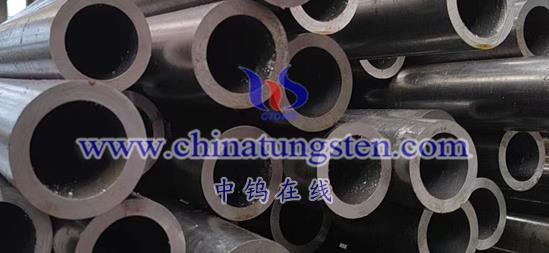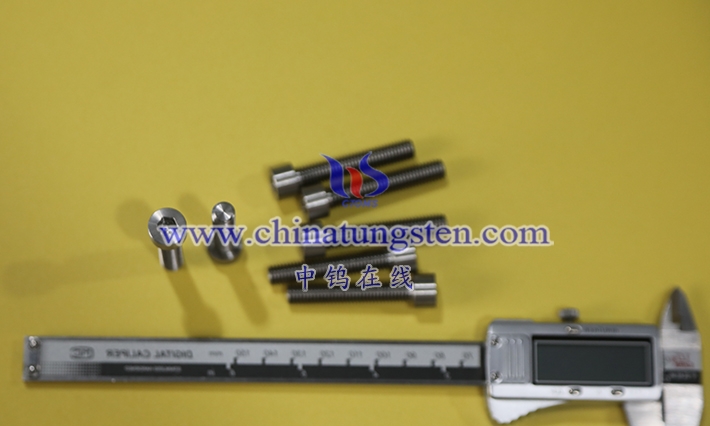

The softening mechanisms of high-density alloys mainly include recrystallization and grain boundary sliding.
Recrystallization refers to the phenomenon that metal partially or completely returns to its original undeformed state during deformation. At high temperatures, local, disordered grain rearrangement occurs within the metal, a process in which the deformed grains become equiaxed grains. After recrystallization, the strength and hardness of the metal decrease, while the plasticity and toughness increase.
Grain boundary sliding refers to the relative displacement of grain boundaries under the action of external forces, resulting in sliding. At high temperatures, due to the chaotic arrangement of grain boundary atoms, more structural defects, and smaller interatomic bonding forces, grain boundary sliding phenomena are prone to occur. Grain boundary sliding causes relative motion between grains, causing plastic deformation of the metal.
In addition, alloying elements also have a certain impact on the softening mechanism of high-density alloys. Some alloying elements can lower the melting point of the alloy and improve the toughness of the alloy, thereby affecting the softening behavior of the alloy. For example, low-melting-point elements such as lead, tin, and bismuth can promote grain boundary sliding and recrystallization, making the alloy easier to soften.
It should be noted that the softening mechanism of high-density alloys is affected by many factors, such as temperature, strain rate, alloy composition and microstructure. Therefore, these factors need to be considered comprehensively to study the softening behavior of high-density alloys.
More details of tungsten alloy product, please visit website: http://tungsten-alloy.com/
Please contact CHINATUNGSTEN for inquiry and order of tungsten carbide:
Email: sales@chinatungsten.com
Tel.: 86 592 5129595






